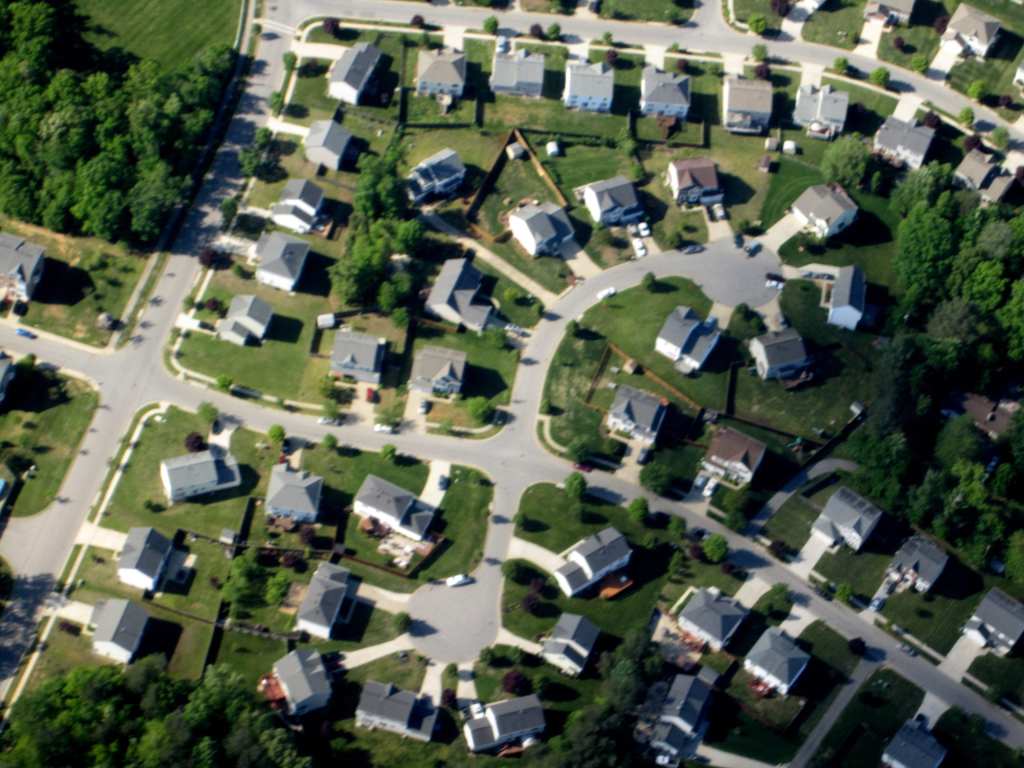Trending Now
Suburbs are the many residential sub-divisions just outside many cities all over the world. If you live in a city or a rural area and happen to drive near one of these, you probably wonder if they’re all the same.
You’d be right.

Photo Credit: Wikimedia Commons
The Federal Housing Authority (FHA) had a huge influence on the creation of suburbs. Their influence on these neighborhoods remained.
In order to be a suburb, a community has to have several features in common. First, it has to be just outside an urban area. Most suburbs are meticulously planned and were inspired by British suburbs that existed in Great Britain. They were designed to be easier for cars to navigate than ever before.

Photo Credit: Pixabay
The first suburbs usually had a “main” road that allowed cars to access their homes. Many suburbs were then designed so that cars could park behind the house instead of in the front—the cul-de-sac.
In addition, suburbs usually included pedestrian areas that were away from cars so that residents could still walk if they chose to. But the thing that stuck in the U.S. was the cul-de-sac.

Photo Credit: Wikimedia Commons
The FHA made housing more affordable to citizens during the Depression and created the 30-year mortgages we know today. House had to be bought and built faster, and the FHA created a system by which homes could be rated.
The FHA also created guidelines for almost every aspect of buying a house. This includes guidance on how cities can best plan their new suburbs.
Most guidelines today ensured suburbs would be car-friendly, but they didn’t really take pedestrians into account.

Photo Credit: iStock
Today, most suburbs must be traversed by car in order to easily get from one place to another. This video elaborates a bit further on the lasting impacts of these older regulations on suburbs today.
Did you know how design could impact life in a suburb? Share your opinion below!






